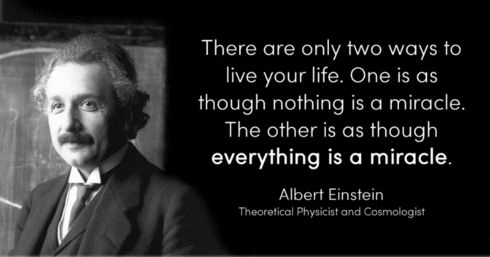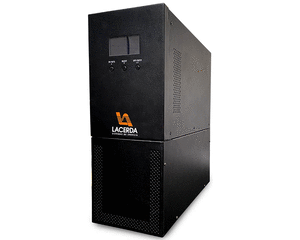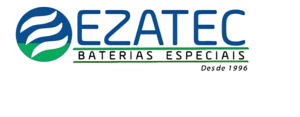No Blog Eletrônica de Potência você encontrará informações sobre teses,artigos,seminarios,congressos,tecnologias,cursos,sobre eletrônica potência. “TEMOS O DESTINO QUE MERECEMOS. O NOSSO DESTINO ESTA DE ACORDO COM OS NOSSOS MERITOS” ALBERT EINSTEIN. Imagination is more important than knowledge, for knowledge is limited while imagination embraces the entire world. EL FUTURO SE CONSTRUYE HOY,EL SUCESSO NO ES FRUTO DE LA CASUALIDAD,SE HUMILDE ,APRENDE SIEMPRE CADA DIA.
AUTOR DO BLOG ENG.ARMANDO CAVERO MIRANDA SÃO PAULO BRASIL

.gif)
“GRAÇAS A DEUS PELA VIDA,PELA MINHA FAMÍLIA,PELO TRABALHO.PELO PÃO DE CADA DIA,POR NOS PROTEGER DO MAL”
“SE SEUS PROJETOS FOREM PARA UM ANO,SEMEIE O GRÂO.SE FOREM PARA DEZ ANOS,PLANTE UMA ÁRVORE.SE FOREM PARA CEM ANOS,EDUQUE O POVO”


https://picasion.com/


sexta-feira, 2 de novembro de 2018
Three-Phase On-board Charger with Three Modules of Single-stage Interleaved Soft-switching AC-DC Converter Byeongwoo Kim, Hyojun Kim and Sewan Choi Department of Electrical and Information Engineering Seoul National University of Science and Technology Seoul, Korea
Three-Phase On-board Charger with Three Modules of Single-stage Interleaved Soft-switching AC-DC Converter
Byeongwoo Kim, Hyojun Kim and Sewan Choi
Department of Electrical and Information Engineering Seoul National University of Science and Technology Seoul, Korea
Abstract— This paper proposes a new three-phase on-board charger with three modules of single-phase single-stage interleaved soft-switching ac-dc converter. Each module has single-stage structure with reduced component counts. It achieves ZVS turn-on of all switches and ZCS turn-off of all diodes. Eliminating the low frequency component in the battery charging current, the proposed converter is able to charge the battery with dc current. A balancing control algorithm is proposed to limit the excessive current through each module caused by unbalanced three-phase input voltage. A preliminary prototype of the proposed converter has been built and tested to verify the validity of the proposed concept.
Keywords—Three-phase; single-phase module; on-board charger; OBC; EV charger; single-stage; balancing control
I. INTRODUCTION
The on-board battery charger is a key equipment that delivers power from the grid to the propulsion battery in electric vehicles (EVs) and plug-in hybrid electric vehicles (PHEVs)[1]. Nowadays, the on-board battery charger available on the market is mostly plugged into single phase grid, and the power rating is in the range between 3kW and 3.5kW[2]-[3]. They should have high efficiency and high power density to maximize the energy utilization and the distance covered per charge. However, a 3kW battery charger requires a charging time of 5 to 8 hours to fully charge the EV battery. There has been a need for on-board battery chargers with higher power rating in order to reduce charging time. In regard to these concerns, a three-phase on-board battery charger with increased power rating has emerged [4]-[7]. The three phase battery charger composed of a three-phase PFC and the dc-dc converter has reduced component count, but cannot be plugged into single phase grid with full power capability[4]. The automobile industry is demanding on-board chargers to have capability of operating at full power with both single-phase grid and three-phase grid. This can be achieved by connecting three traditional 3kW single-phase modules in parallel for single-phase grid or connecting them in delta or wye for threephase grid.
LINK FULL PAPER
http://pefcl.snut.ac.kr/upload/study02/963a904e850b90ea083bd24125a5e234.pdf
Assinar:
Postar comentários (Atom)











Nenhum comentário:
Postar um comentário